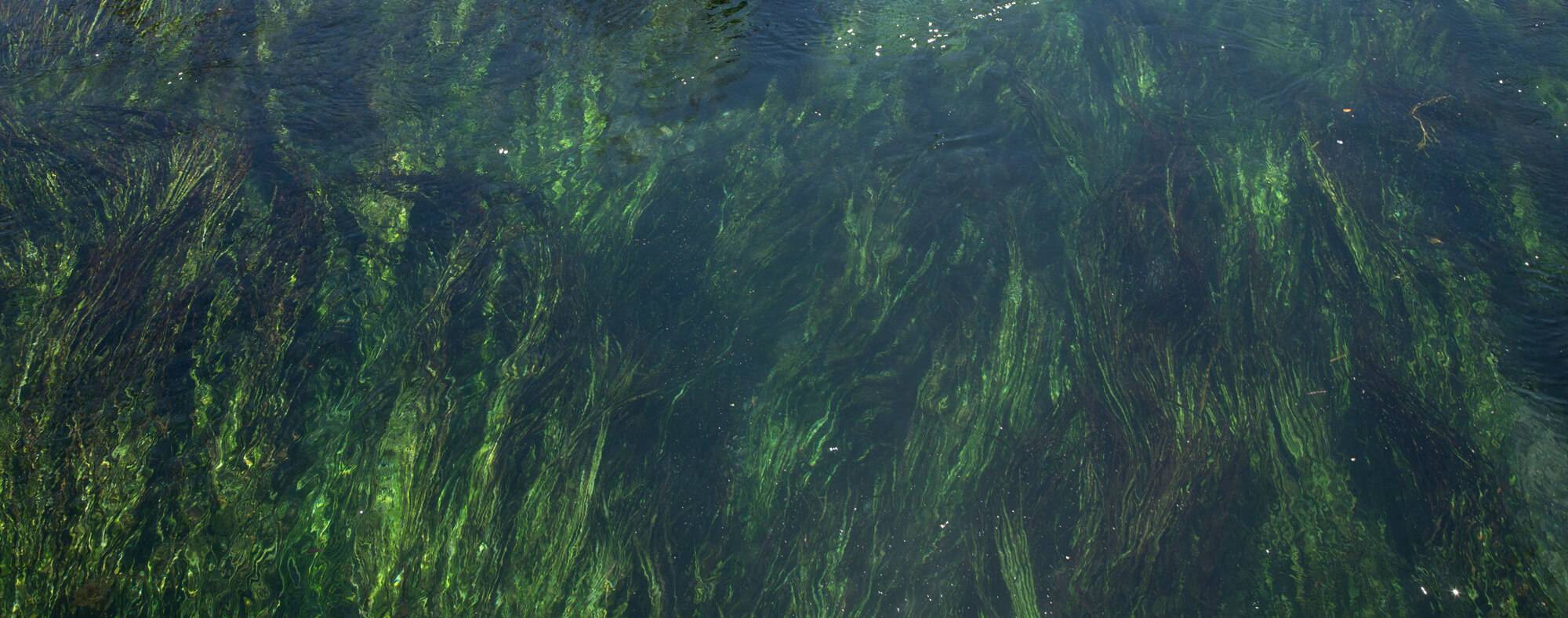Wildfires
The changing climate in Texas generates warmer temperatures and more frequent and intense droughts, worsening the severity and likelihood of wildfires throughout the state1,2. As climate models project soil and vegetation to become drier by 21003,4,5, the spatial extent of areas vulnerable to widespread wildfires will likely also expand6.
Currently, a little over 1 percent of Texas’ land area has burned each decade since 19841. The most severe wildfires in Texas typically coincide with periods of intense precipitation followed by drought and high temperatures, evidenced by the numerous fires following the summer drought of 2011, including the Bastrop Fire that destroyed more than 1,500 homes and was the most severe in the state’s history7,8. Climate model simulations agree that, on average, wildfire risk in Texas will likely increase by the end of the century9. As summer temperatures rise, extreme precipitation events will probably become more common and droughts more prevalent, lengthening the overall fire season6,10.
Short-term trends in wildfires are particularly challenging to predict with certainty as many compounding conditions (strong winds, low humidity, surface dryness, and vegetation presence) interact and affect the likelihood and extent of fires11. Looking at only the projected changes in temperature and precipitation by 2036, statewide wildfire risk is expected to be much higher, especially in eastern Texas6,10. Projections focusing on future wind speeds are still being investigated. Some studies suggest a decline in windspeeds across the Southern Great Plains12, but others point to a statewide increase in wind speeds13.
Local risks depend more on the amount of dry vegetation, which is impacted by patterns in human behavior and landscape management, especially in agriculture and livestock grazing areas10. Surface dryness in vegetation is closely related to low humidity levels. As rising temperatures increase surface evaporation rates, combined with decreased transpiration due to carbon dioxide fertilization14, Texas is likely to experience lower humidity levels and more surface dryness by 2036, extending the length of the fire season10,15.
A collection of studies finds that the determining factor for wildfire prevalence in the coming years for Texas will be primarily controlled by the amount of dry vegetation available to burn as fuel. Dry vegetation, in turn, is dependent on temperature, precipitation, drought, and land-use patterns6,16. This means that there will be a gradual increase in wildfire risk in west Texas and the Panhandle in the short term as vegetation dries out. In contrast, the east Texas wildfire range will expand faster in tandem with increased drought and temperatures10.
Explore the resources below to learn more about wildfire risk.
Texas Wildfire Risk Explorer: Communicates wildfire risk information for the state of Texas with baseline information for wildfire mitigation by local community planners and state government risk managers.
References
- Wuebbles, D. J., D. W. Fahey, and K. A. Hibbard. 2017. Climate science special report: fourth national climate assessment, volume I.
- Runkle, J., K. E. Kunkel, J. Nielson-Gammon, R. Frankson, S. M. Champion, B. C. Stewart, L. Romolo, and W. Sweet. 2022. Texas State Climate Summary 2022. 5. Silver Spring, MD.
- Cook, B. I., T. R. Ault, and J. E. Smerdon. 2015. Unprecedented 21st century drought risk in the American Southwest and Central Plains. Science Advances American Association for the Advancement of Science: e1400082.
- Berg, A., and J. Sheffield. 2018. Climate change and drought: the soil moisture perspective. Current Climate Change Reports Springer: 180–191.
- Cook, B. I., J. S. Mankin, and K. J. Anchukaitis. 2018. Climate change and drought: From past to future. Current Climate Change Reports Springer: 164–179.
- Stambaugh, M. C., R. P. Guyette, E. D. Stroh, M. A. Struckhoff, and J. B. Whittier. 2018. Future southcentral US wildfire probability due to climate change. Climatic change Springer: 617–631.
- Nielsen-Gammon, J. W. 2012. The 2011 texas drought. Texas Water Journal 3: 59–95.
- Scasta, J. D., J. R. Weir, and M. C. Stambaugh. 2016. Droughts and wildfires in western US rangelands. Rangelands Elsevier: 197–203.
- An, H., J. Gan, and S. J. Cho. 2015. Assessing climate change impacts on wildfire risk in the United States. Forests Multidisciplinary Digital Publishing Institute: 3197–3211.
- Nielsen-Gammon, J., S. Holman, A. Buley, S. Jorgensen, J. Escobedo, C. Ott, J. Dedrick, and A. Van Fleet. 2021. Assessment of Historic and Future Trends of Extreme Weather in Texas, 1900-2036. OSC-202101. Texas A&M University.
- Huang, Y., S. Wu, and J. O. Kaplan. 2015. Sensitivity of global wildfire occurrences to various factors in the context of global change. Atmospheric Environment Elsevier: 86–92.
- Liu, Y., S. L. Goodrick, and J. A. Stanturf. 2013. Future US wildfire potential trends projected using a dynamically downscaled climate change scenario. Forest Ecology and Management Elsevier: 120–135.
- Guyette, R. P., F. R. Thompson, J. Whittier, M. C. Stambaugh, and D. C. Dey. 2014. Future fire probability modeling with climate change data and physical chemistry. Forest Science Oxford University Press Oxford, UK: 862–870.
- Zhu, Z., S. Piao, R. B. Myneni, M. Huang, Z. Zeng, J. G. Canadell, P. Ciais, S. Sitch, and others 2016. Greening of the Earth and its drivers. Nature climate change Nature Publishing Group: 791–795.
- Seager, R., A. Hooks, A. P. Williams, B. Cook, J. Nakamura, and N. Henderson. 2015. Climatology, variability, and trends in the US vapor pressure deficit, an important fire-related meteorological quantity. Journal of Applied Meteorology and Climatology 54: 1121–1141.
- Kloesel, K., B. Bartush, J. Banner, D. Brown, J. Lemery, X. Lin, C. Loeffler, G. McManus, and others 2018. Chapter 23: Southern great plains. Impacts, risks, and adaptation in the United States: The fourth national climate assessment, volume II.S. Global Change Research Program.
